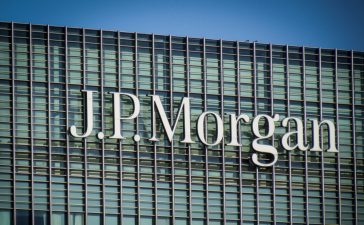The rideshare company’s revenue and debt are the focus of investors before the car share business goes public in 2019
Uber’s revenue and debt are the focus of investors before the car share business goes public in 2019. Before the release of the rideshare company’s initial public offering (IPO) next year, the corporation self-reported its third quarter (Q3) earnings.
Since launching in 2009, Uber has revolutionised the transportation industry with its rideshare business. The company employs 3 million drivers and operates in 78 countries. The corporation’s IPO is one of the most anticipated in history, with an expected valuation of $120 billion.
Before Uber goes public, it revealed its earnings for Q3. Revenue was $2.95 billion, an increase of 38% in 2017. Gross bookings, the money the corporation collects before paying drivers, was up as well. The company collected $12.7 billion, a surge of 34% over the same time last year.
While Uber’s profits increased, the company is also taking enormous losses. The corporation’s debt ballooned to $939 million in Q3, more than the $680 million in Q2. There are a few reasons why the car service owes so much to investors.
Revenue is up, but sales are slowing down from Q2. Uber has almost $1 billion owed to investors just as the rideshare company plans to expand beyond being a car service. The corporation is spending on its bike and scooter ventures to offer more transportation options to customers.
The corporation is also heavily investing in its successful Uber Eats division. The food delivery service has been a growing part of the company’s profits, with $2.1 billion in gross bookings in Q3. The rideshare business wants to build on the popularity of the food division to cover 70% of the US by next year.
The company’s chief financial officer, (CFO), Nelson Chai explained what the corporation looks forward to in Q1 2019.
Chai said as it looks ahead to an IPO and beyond, it is investing in future growth across its platform, including in food, freight, electric bikes and scooters, and high-potential markets in India and the Middle East where it continues to solidify its leadership position.





